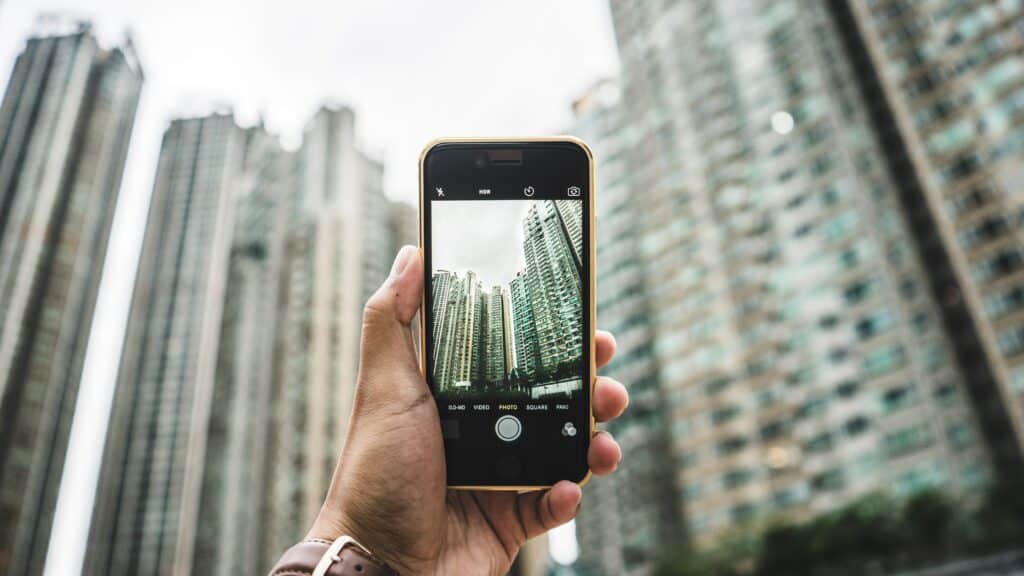Heat engines that use fossil fuel combustion as a heat source generate approximately 90% of the world’s power. These engines typically operate at 30–40% efficiency, such that roughly 15 terawatts of heat is lost to the environment. Everyday, we use many rechargeable and battery-operated devices, including domestic appliances and portable/wearable electronics, most of which generate heat energy that is not used or recycled. The device we are trying to develop at TRANSLATE will harvest heat energy from the environment (e.g. from skin of the human body) and convert it into electricity, and then into chemical energy or directly into chemically stored energy.
The investigations in TRANSLATE over the next 2.5 years, if successful, will allow us to develop micro-devices that have a small form factor. This can be integrated into any portable device from mobile phone to smartwatch, a range of wearable medical devices such as a Holter and sleep apnea monitor system that can measure blood pressure and ECG, different types of patches that can monitor blood sugar level, respiration and oxygen saturation in the blood, and other types of biomedical sensor systems which are under development. In particular, wearable devices is an emerging application area.
The global wearable technology market size is projected to grow from USD 116.2 billion in 2021 to USD 265.4 billion by 2026 with an expected growth at a CAGR of 18.0% from 2021 to 2026. Sectors ranging from different body-wear (wrist-wear, head-wear, and foot-wear), fashion & jewelry to smart textile and non-textile segments are driving this growth. However, the main obstacle is the limited battery life. The present generation Li-ion battery can only be recharged around 1,000 times and their energy and power are limited. The battery is also the heaviest component in any portable system. Therefore, the main applications of the TRANSLATE device could be in the consumer electronics and healthcare, as well as in enterprise automation and industrial productions (Industry 4.0).

Beyond biomedical and wearable systems, the TRANSLATE heat to electricity energy harvesting and storage device can be applied for a wider implementation of wireless sensor nodes and to power the Internet of Things in smart buildings, next generation industry automation, and even in automobile and transport systems.

Follow us on Linkedin and Twitter for updates on our research as the project progresses.


